The Cahill Expressway, Sydney
The Cahill Expressway, Sydney an urban freeway holds the distinction of being the first freeway constructed in Australia. This significant infrastructure project was inaugurated and opened to traffic in March 1958, marking a new era in the country’s transport history.
A Historical Perspective
The expressway was named after John Joseph Cahill, the then Premier of New South Wales, who also approved the construction of another iconic Sydney landmark, the Sydney Opera House. The first section of the expressway stretched from the Bradfield Highway to
Conservatorium Place, providing a vital link between the southern end of the Sydney Harbour Bridge and Woolloomooloo in Sydney’s inner-eastern suburbs.
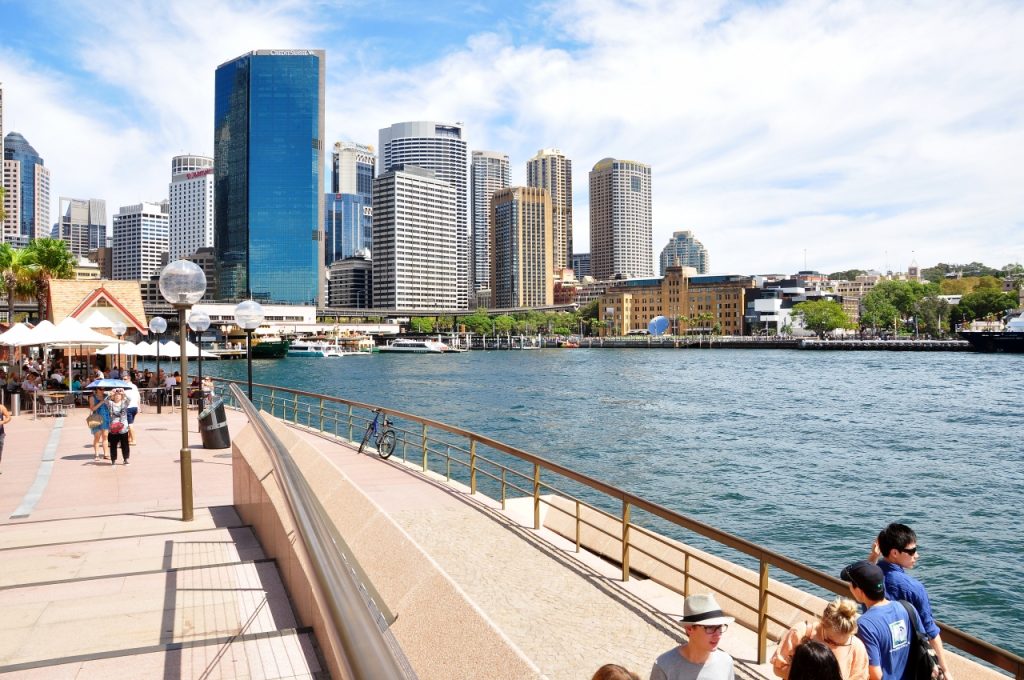
The Cahill Expressway Today
Today, the Cahill Expressway serves as a crucial link between Sydney’s eastern and northern suburbs. It connects the Eastern Distributor to the Sydney Harbour Bridge and the Sydney Harbour Tunnel, facilitating direct travel from Kingsford-Smith Airport to the northern suburbs without the need for traffic signals.
The expressway starts at the interchange with the Bradfield Highway and heads east as a four-lane road on the upper level of a two-level viaduct across the northern edge of the Sydney CBD at Circular Quay. It then turns south at the interchange with the Sydney Harbour Tunnel and southeast into the Domain Tunnel, located underneath the Royal Botanic Garden. It emerges soon afterwards in a cutting, then enters another tunnel under The Domain, before ending at the interchange with Cowper Wharf Road and continuing south as the Eastern Distributor.
The Cahill Expressway in Art
The Cahill Expressway has also made its mark in the world of art. In 1962, Australian artist Jeffrey Smart painted a depiction of the expressway, a work considered by many to be one of his finest and best-known pieces.
The Rationale Behind the Construction
The Cahill Expressway was not just a product of infrastructural necessity, but also a symbol of Sydney’s post-war modernization. The expressway was first proposed a long time before being built in 1945 as part of an overall expressway plan for Sydney. The city was rapidly expanding, and there was a growing need for efficient transportation links to cater to the increasing population and urban development.
Public opposition began when the proposal was first made public in 1948, with the Quay Planning Protest Committee being formed. Despite the opposition & concern, construction on the elevated section of the expressway went ahead in 1955. The expressway was seen as a triumph of democratic planning, where citizens and leading experts were consulted as to the ultimate design.
The expressway was built to provide a direct and efficient route from the southern end of the Sydney Harbour Bridge to Woolloomooloo in Sydney’s inner-eastern suburbs. It was designed to facilitate travel directly from Kingsford-Smith Airport to the northern suburbs without traffic signals, thus significantly reducing travel time.
Moreover, the Cahill Expressway was also a response to the increasing number of motor vehicles in Sydney. As car ownership grew, so did the need for improved road infrastructure. The expressway was designed to accommodate this growth and to prepare the city for a future dominated by motorized transport.
The construction of the Cahill Expressway was driven by a combination of factors including urban growth, increasing car ownership, and the desire to modernize Sydney’s infrastructure. Despite initial public opposition, the expressway has played a crucial role in shaping Sydney’s transport landscape and continues to be a vital link in the city’s road network.
Conclusion
The Cahill Expressway, Sydney with its rich history and significant role in Sydney’s transport infrastructure, continues to be a vital artery in the city’s road network. As Sydney grows and evolves, the expressway remains a testament to the city’s past and a crucial component of its future.
Pioneering The Cahill Expressway, Sydney – Photo By Mike Fernandes
Join the Discussion
We invite you to share your thoughts and opinions about the Cahill Expressway. Here are some questions to spark the conversation:
Historical Significance – How do you think the construction of the Cahill Expressway has shaped Sydney’s urban development?
Modern Relevance – In today’s context, how important do you think the Cahill Expressway is for Sydney’s transportation network?
Future Prospects – With the advent of new transportation technologies, what changes, if any, would you suggest for the Cahill Expressway?
Personal Experiences – Do you have any personal stories or experiences related to the Cahill Expressway that you would like to share?
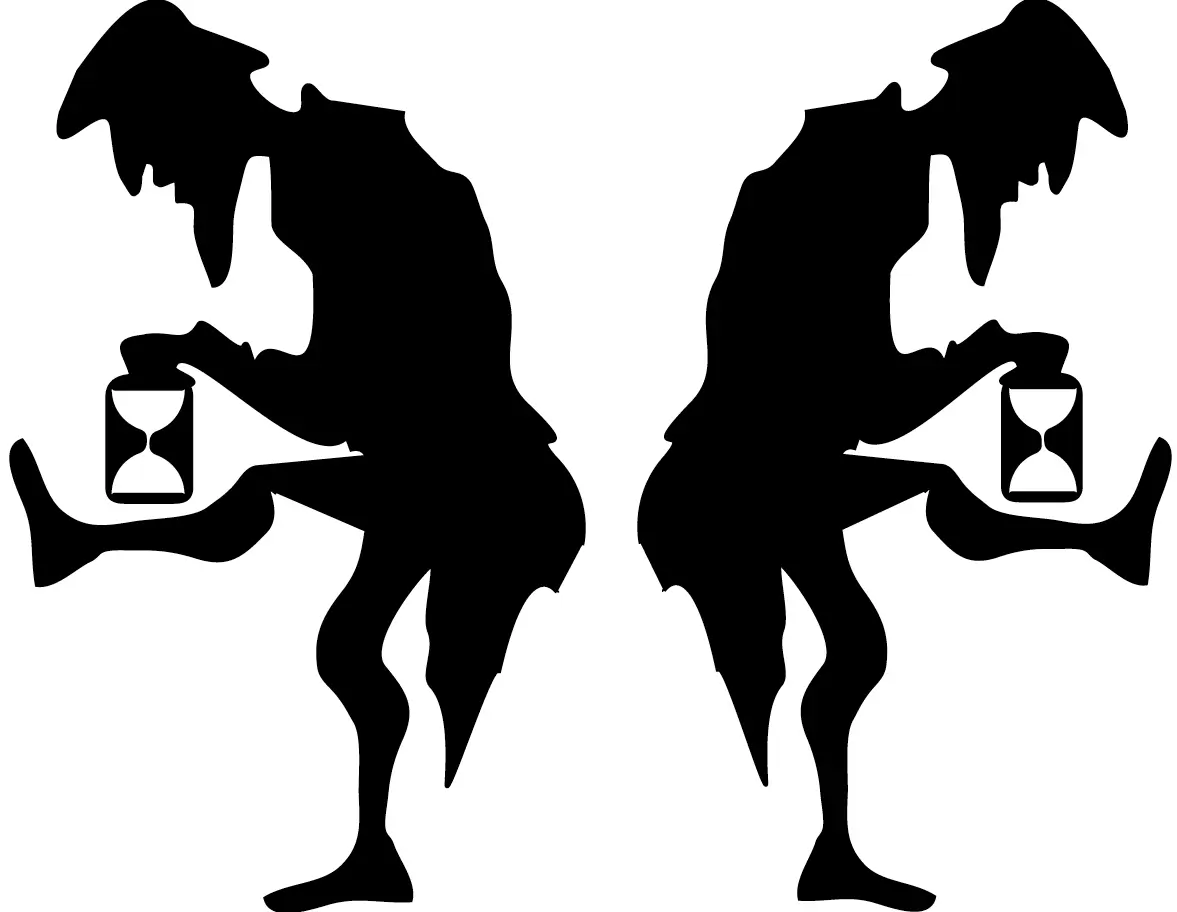
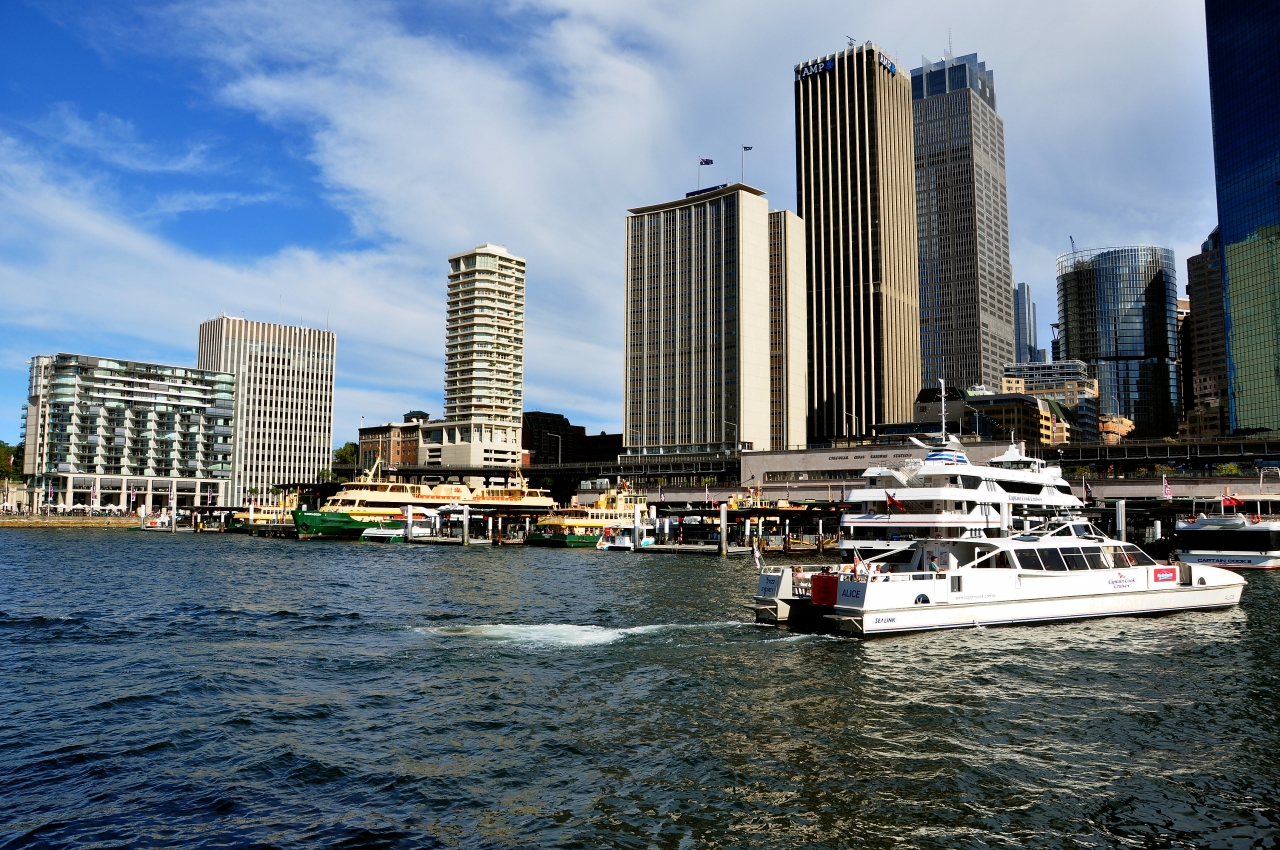
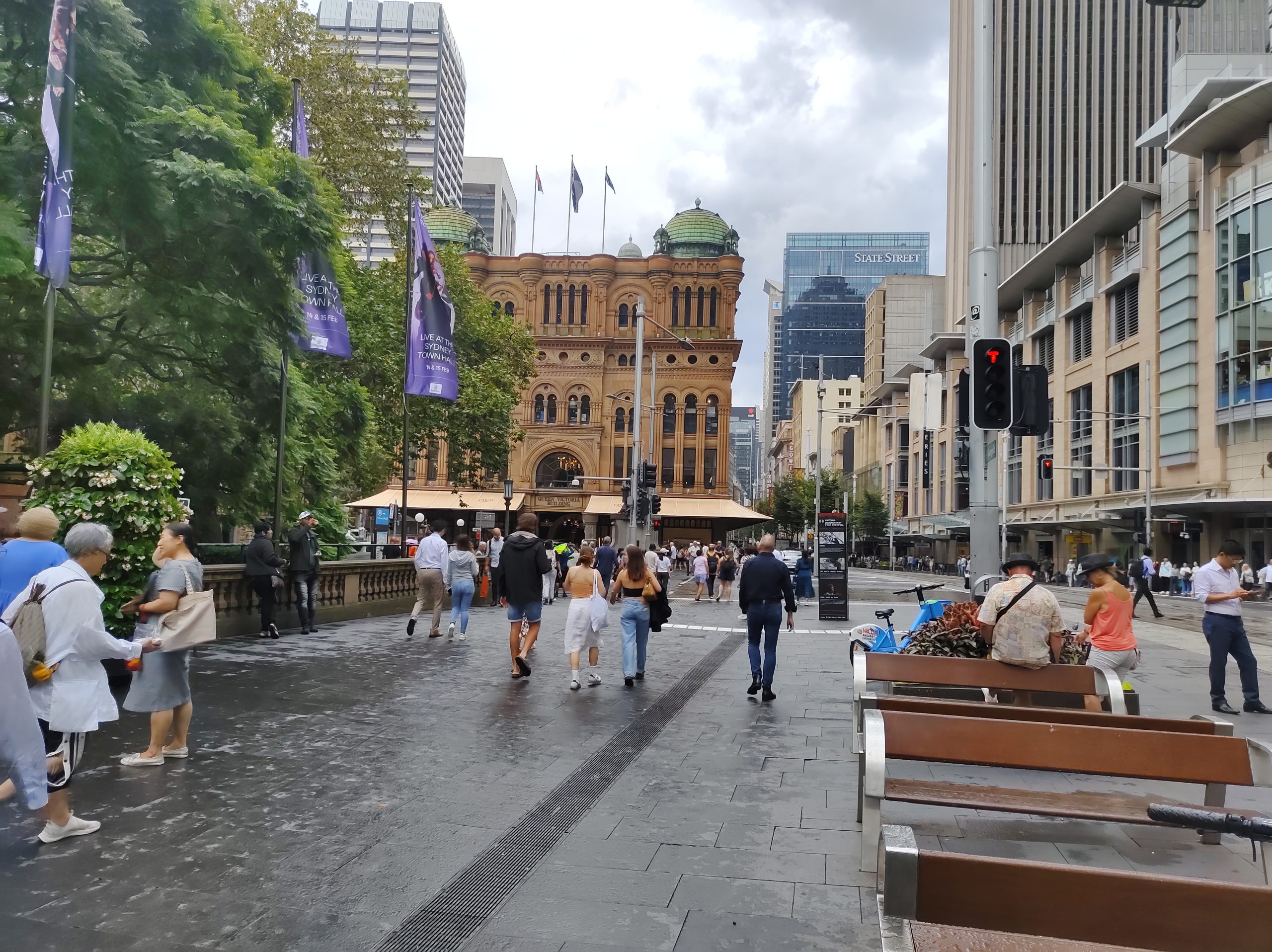
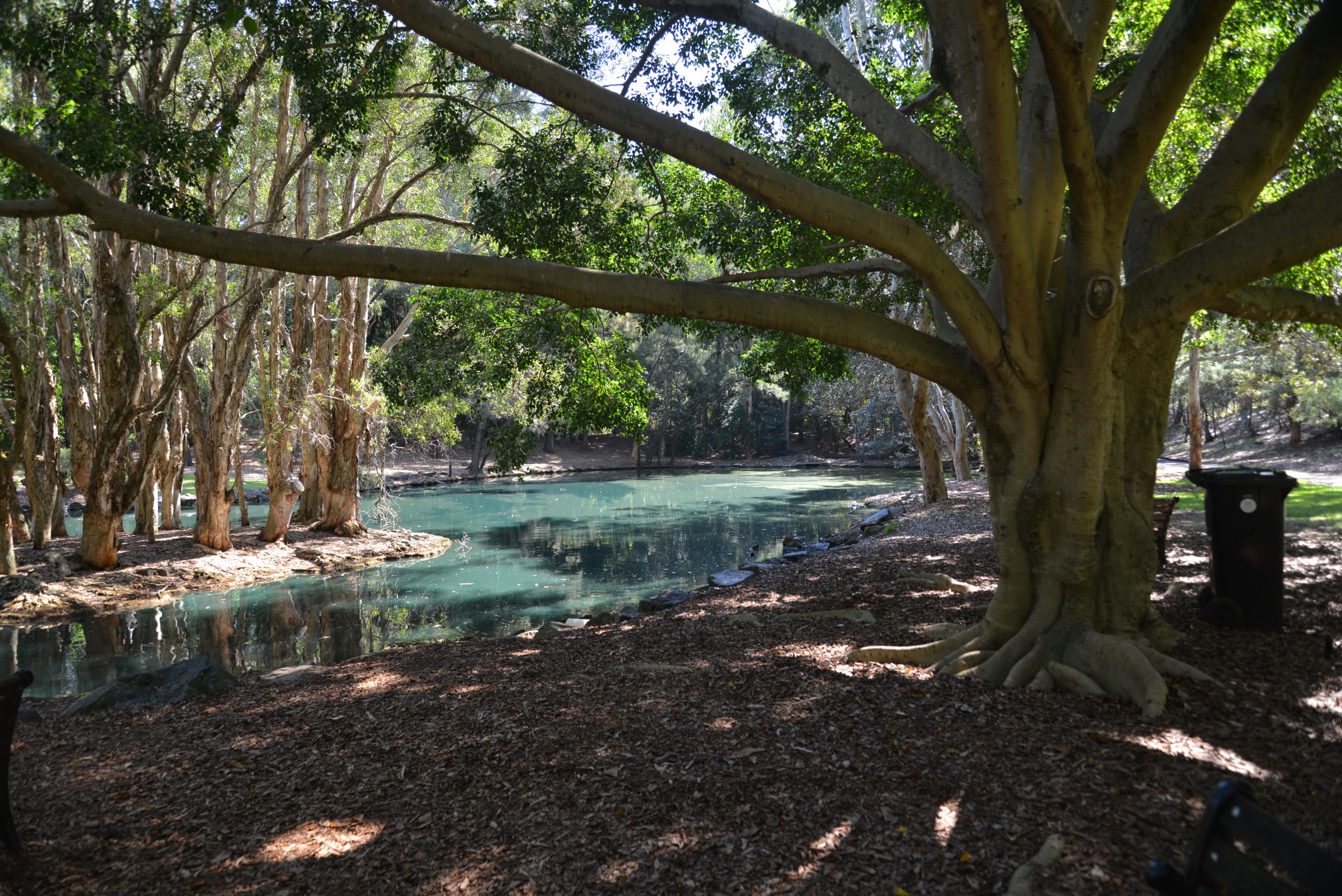
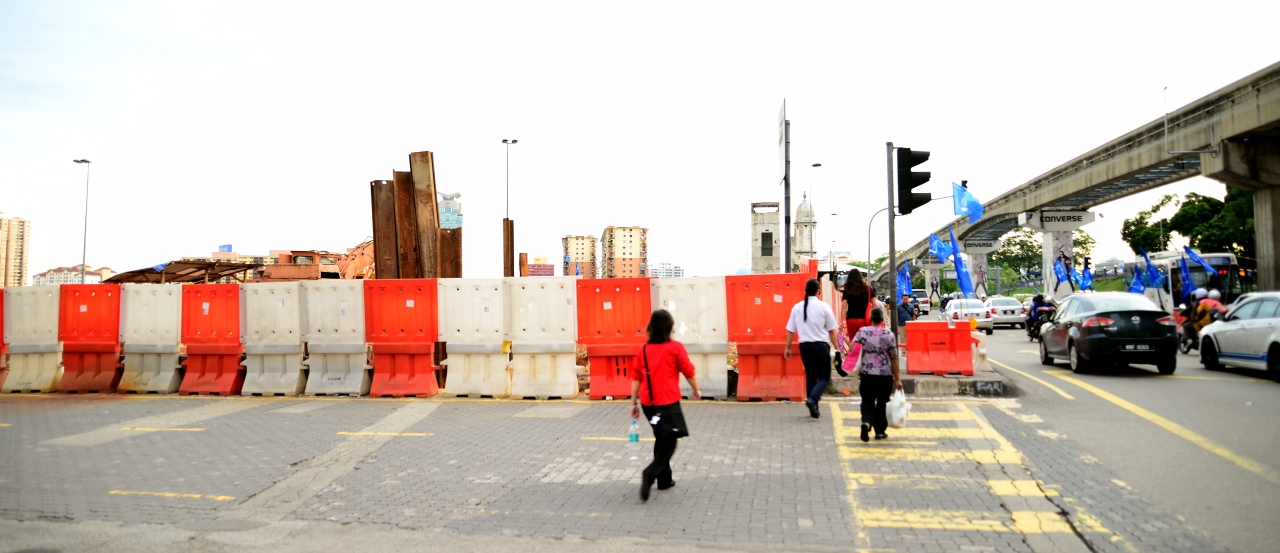
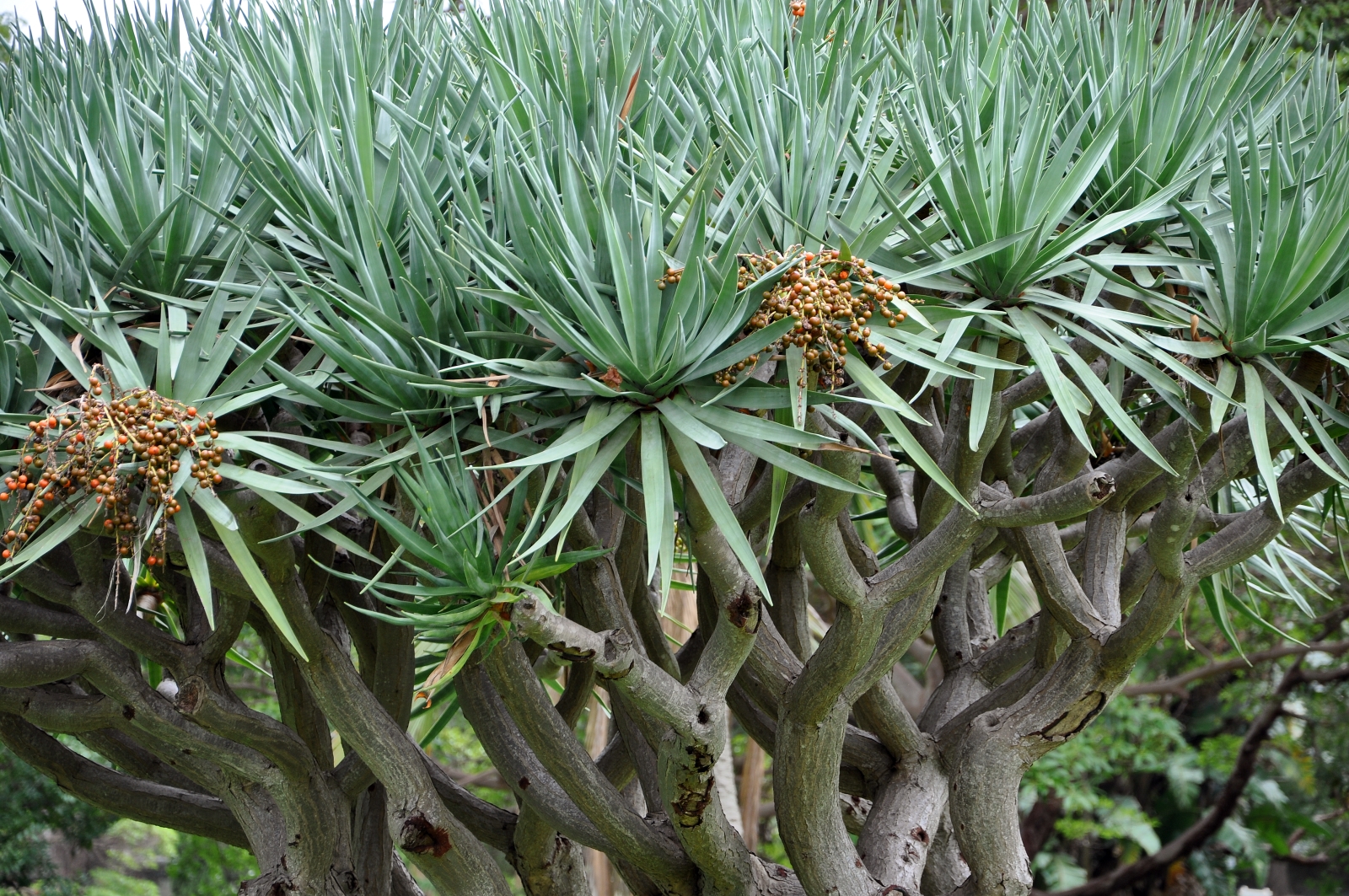
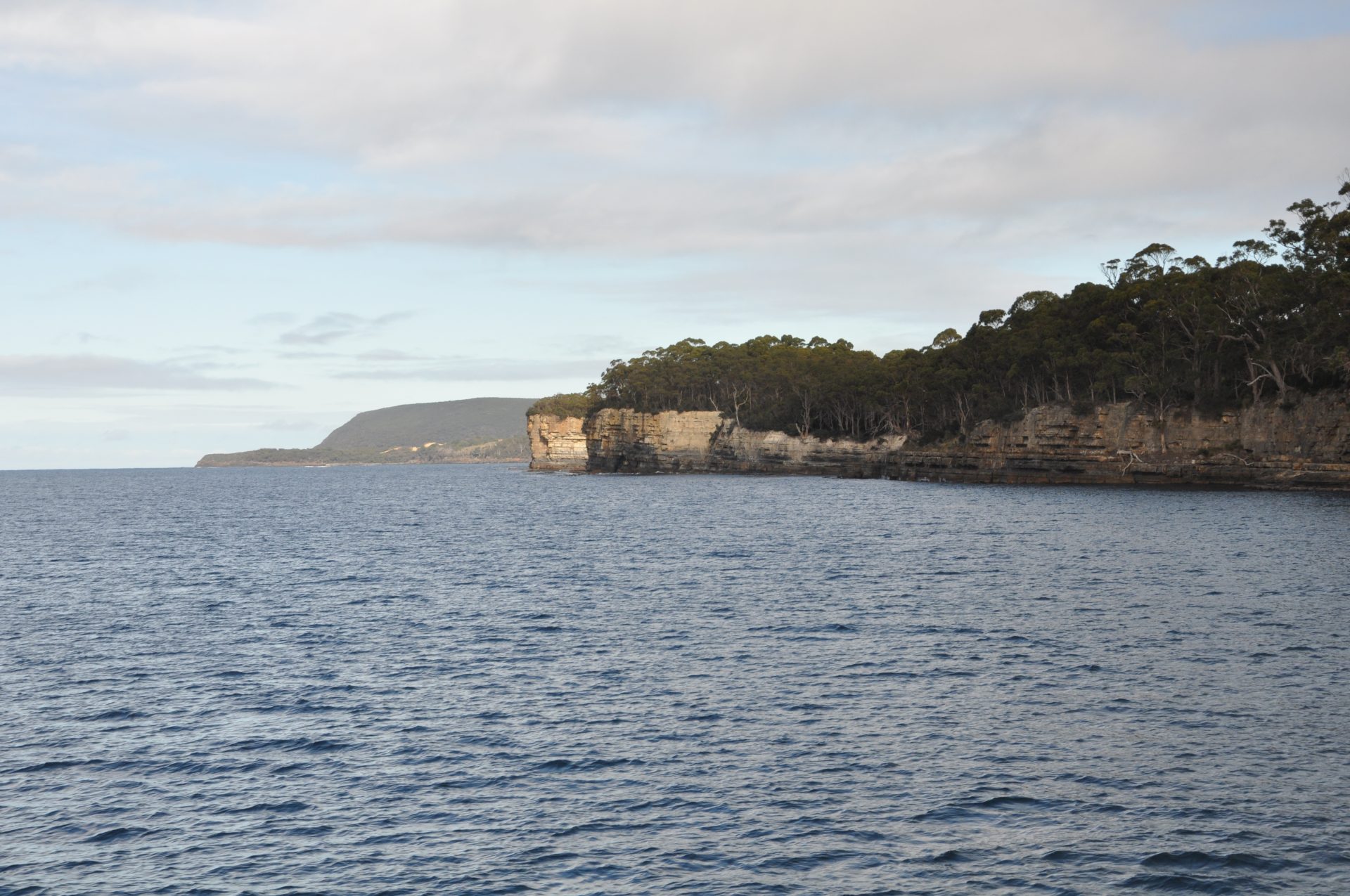

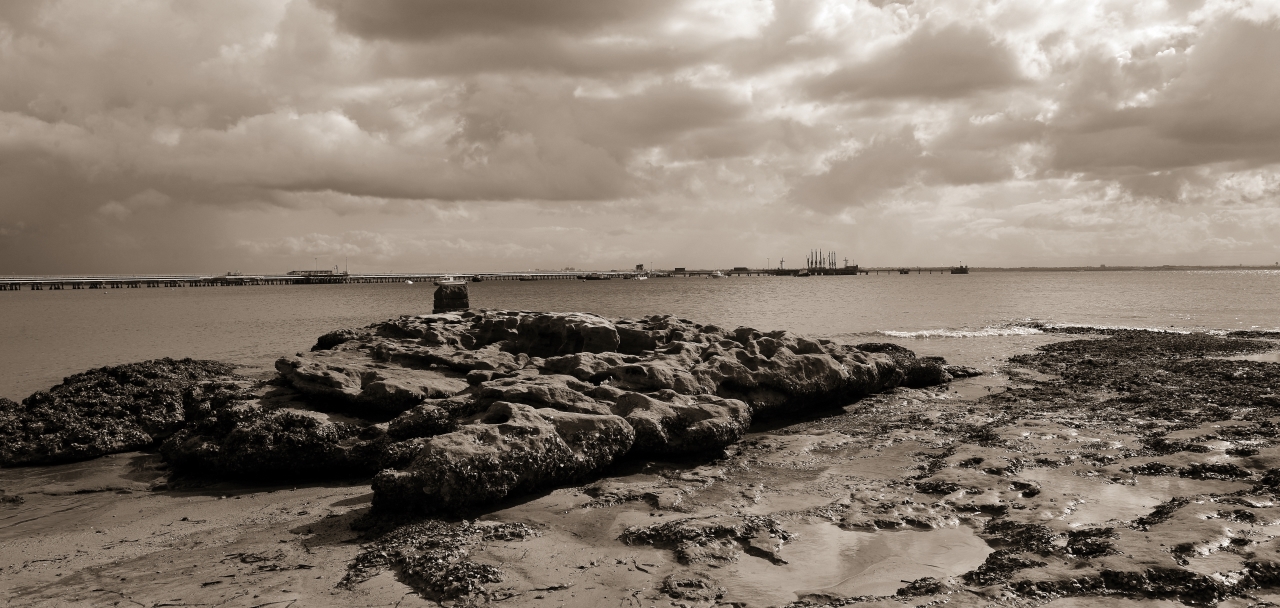


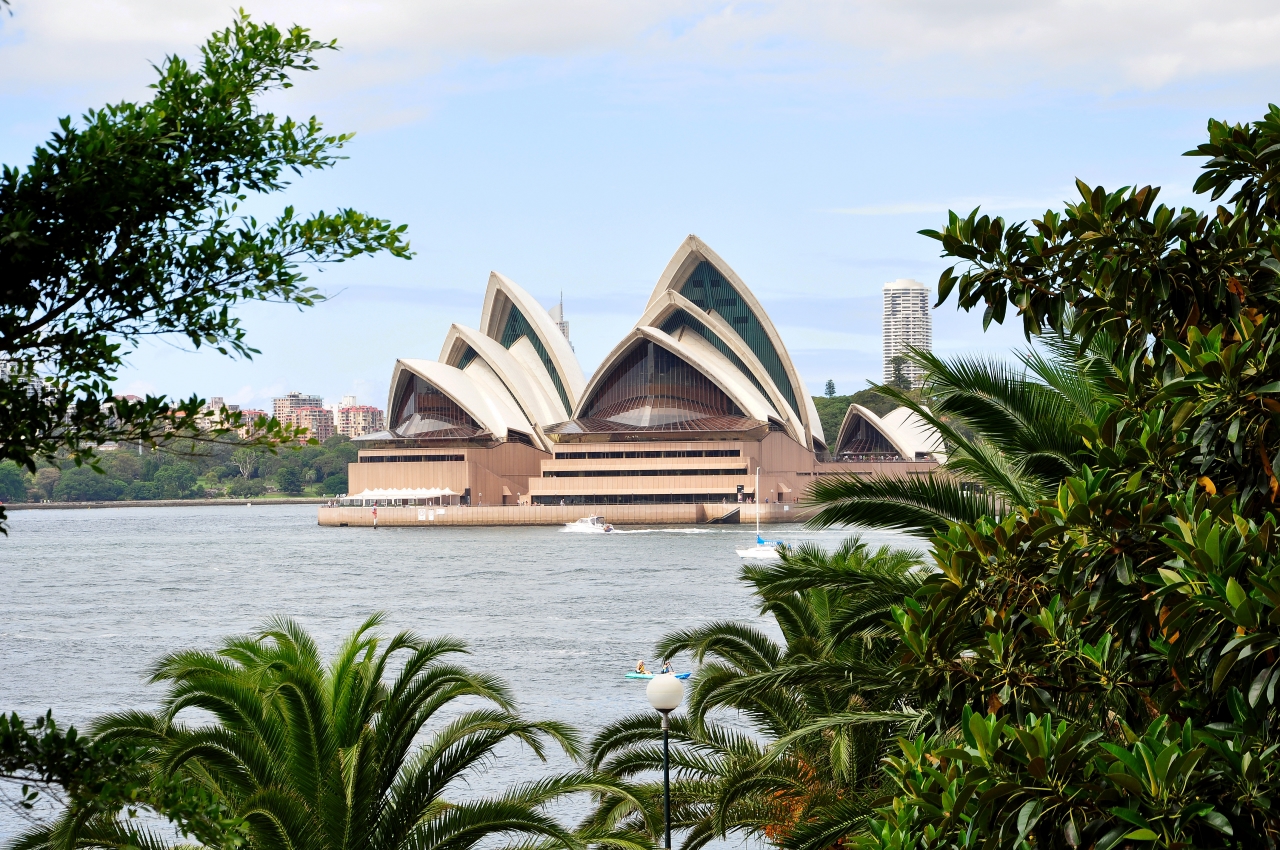
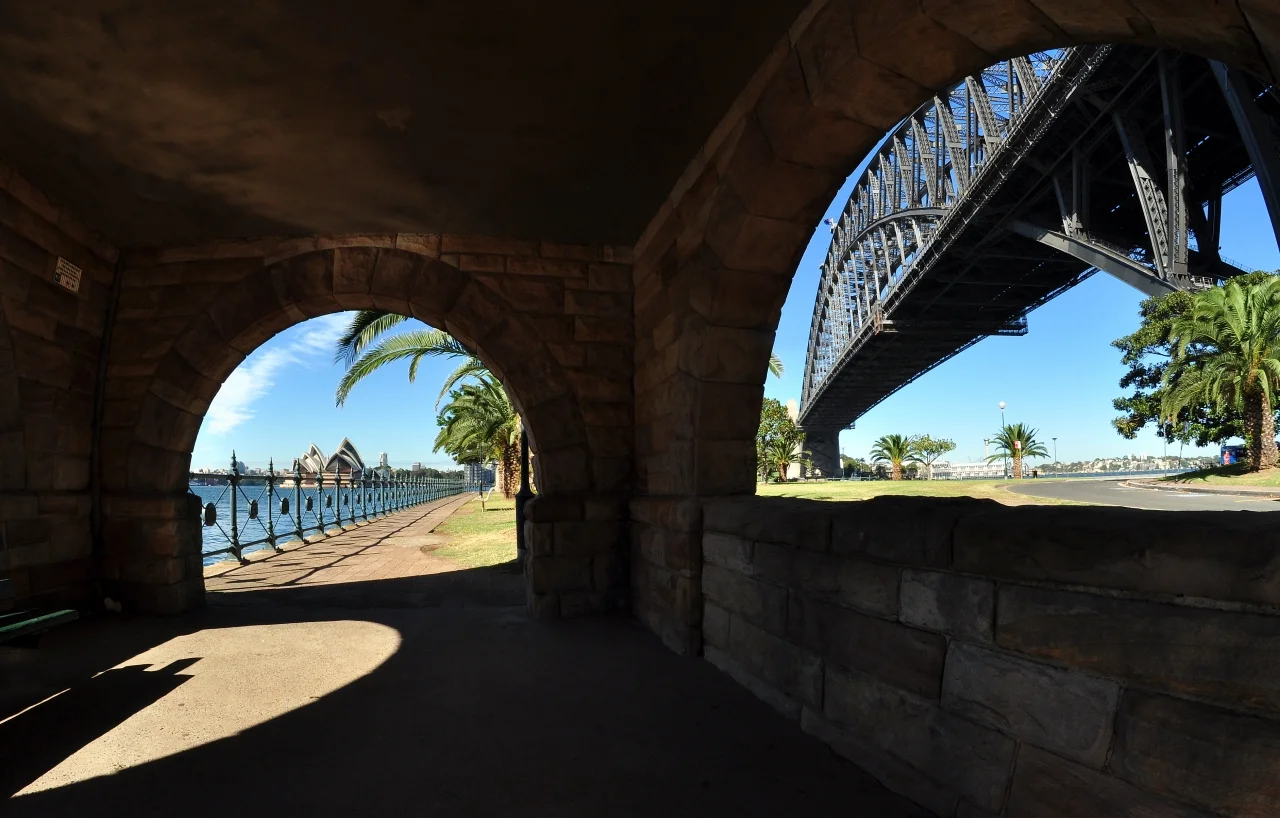
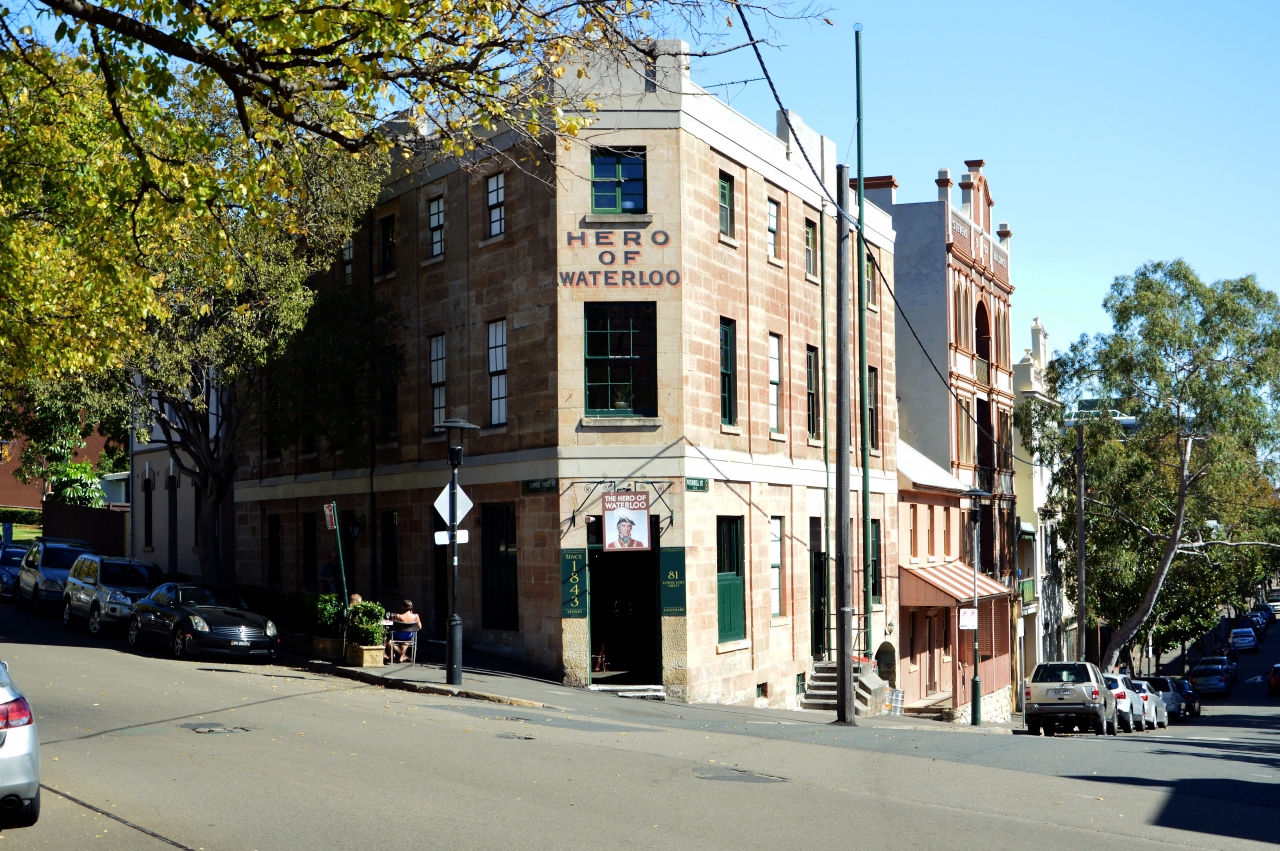

Ecology of Harbours, Seas, and Oceans - EcoReef.co
[…] ecosystems. They host a variety of species, from microscopic plankton to large marine mammals. The biodiversity in harbours is influenced by various factors such as water quality, human activities, and the availability of […]